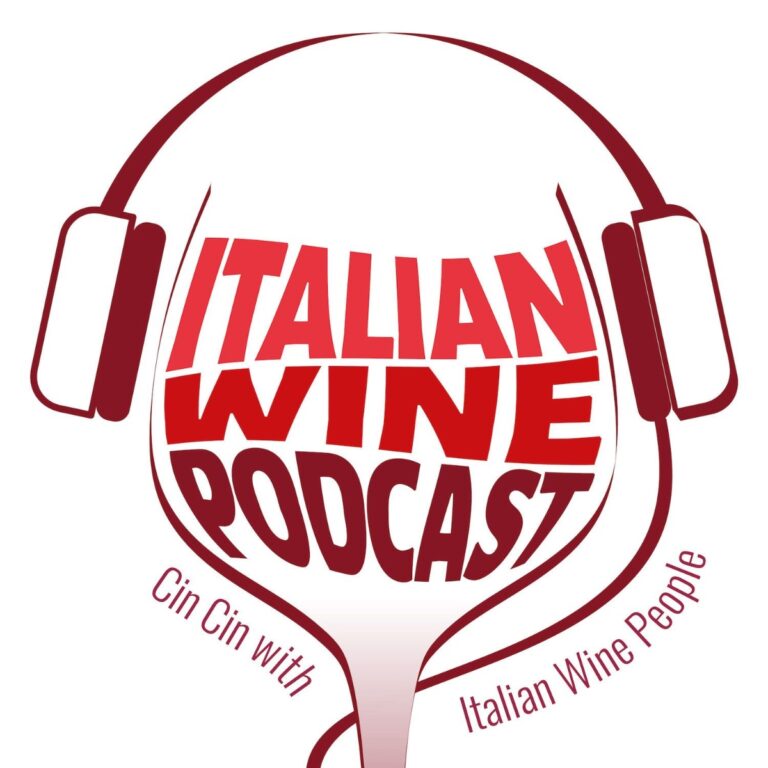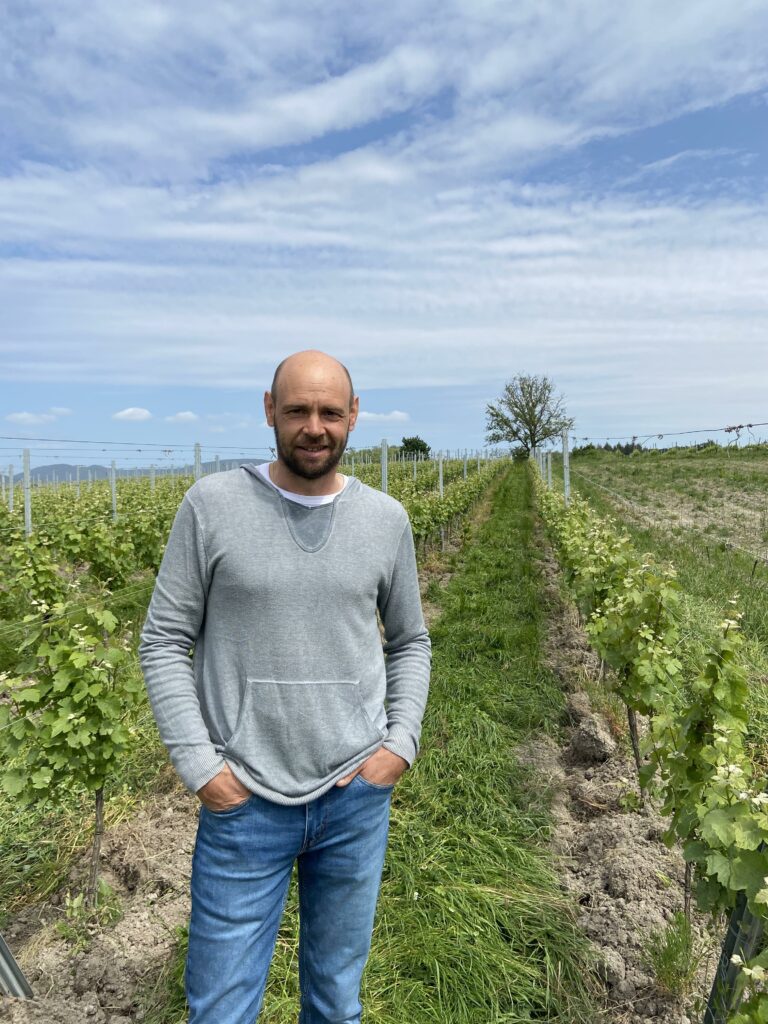


Winery Visit : Selvapiana
July 10, 2017
Ciao!
The train ride from Firenze to Pontassieve was a welcome relief from the hot Tuscan sun of Florence, to the fresh elevations of Rufina. The landscape is dotted with the colourful estates built by families of Italian nobility to escape the summer heat, and benefit from the cooler temperatures and freshness of the mountainous Rufina region. I now understand why!
Arriving at Selvapiana, I was welcomed by relics from the medieval era of Italian nobility in Rufina – the Fattoria’s watch tower looking over the valley, vintage cellars stocked with wine bottles dating back to 1948, and robust terracotta pots long since retired from their use in the estate’s olive oil production.


Dealing with Drought
I was greeted by the Selvapiana’s 5th generation Owner and winemaker, Federico. Despite the remarkable dryness of the area, it is certain that he has a beautiful vintage ahead of him. At least three weeks earlier than normal, it has the hallmarks of 2003 & 2015.
Not only are the grapes arriving early from the heat, so are the local cinghiale – the wild Tuscan boar – and in big quantity. When the weather is this dry, they have become even more problematic, looking for those juicy grape berries to quench their thirst. All of 60HA of Frederico’s vineyards are fenced off to prevent these animals from coming in damaging the plots.
Given the current climactic conditions with very limited rainfall, and the legal prohibition of irrigation in the vineyards, I was curious how Frederico intends to manage his vineyards. His answer was logical – stop green harvesting. In the late ’80’s and early ’90’s, there was a LOT of rainfall, where green harvesting was necessary to manage the production and concentrate the ripeness of the grapes.
Since water is now scarce, by not performing green-harvests in the vineyards, the grape-ripening is slowed down and spread out amongst the bunches, ensuring both the sugar ripeness and phenolic ripeness of the grapes happens harmoniously. All new planting are also being trained via Guyot system, replacing the cordon vineyards that had been historically favoured.


Fighting Frost
Total plantings of vines owned by Selvapiana are 60HA, with 40HA surrounding the winery. The entire property has been certified organic since 1990. All yeast in the fermentation is indigenous in the cellars, and conversations about implementing some Biodynamic practices could be in the future.
The jewel in the crown of Fattoria Selvapiana is the Bucerchiale property – a single vineyard plot with South Western Exposure planted in 1992. The soils are a mix of clay, limestone, and large rocks. This is the hottest of the properties, and one that will certainly not be green harvested.
In 2009, Selvapiana had the fortune to purchase a 9HA plot of all Sangiovese in Masseto – a plot with more white schist, but cooler and north facing. Unfortunately this past Spring, Federico only had the opportunity to set fires during the April frost warnings in the Selvapiana vineyard (5% frost damage), meaning Masseto suffered a loss of just under 10%.




What is available now?
2015 Selvapiana : Chianti Rufina – Wine Spectator 90 Points
(Sangiovese 95%, Canaiolo e Colorino 5%)
Tasting the Chianti Rufina, one cannot help but make a connection immediately to the quality of a Rosso di Montalcino, but with the elegance and finesse of a cooler climate. The acidity in the wine brings a resounding freshness, despite the hot vintage of 2015. Perfumed, delicate, and presenting a richer midpalate than previous vintages, this wine is excellent to show clients an everyday Rufina.
***Special Offer – back vintages of the Chianti Rufina are available for purchase (including the 1980 Reserva in picture below)
2013 Vigneto Bucerchiale : Chianti Rufina Riserva – Wine Spectator 92 Points
(100% Sangiovese)
The key to this stunning wine is the attention paid during the 40 day vinification, and the necessary elevage for one year in bottle prior to its release. Structure, intensity and silky tannins are what this Sangiovese is made of. Herbaceous, yet full of red cherries, balsamic and tobacco. This wine comes from the warmest property on the estate, and has been accredited as the standard of Sangiovese from the Rufina appellation by Jancis Robinson.
2013 Pomino Rosso DOC : Villa di Petroniano
(60% Sangiovese, 20% Cabernet Sauvignon, 20% Merlot)
In keeping with a desire to promote and share the history of Rufina, Pomino 2013 will be released with a new label. The label highlights an extract from the edict of 1716 by the Granduke of Tuscany Cosimo III de’ Medici that designated Pomino, as well as Chianti Classico, Carmignano and Valdarno as the first wine appellation in Italy. The property sits at 450m, and is a true expression of the historical terroir. Rustic, full of dried currants, earthy moss, and savoury tannins, the wine is a great harmony of the indigenous Sangiovese grape, and the area’s adopted French varietals, Cabernet Sauvignon and Merlot.
2012 Fornace IGT Toscana – Wine Spectator 94 Points
(Merlot 60% Cabernet Sauvignon 30% Cabernet Franc 10%)
This beautiful full bodied Tuscan wine could stand toe-to-toe with any of the Super Tuscans, but would stand out for one reason – balance. These French varietals have a long history in Rufina long before they were made famous in the 1970’s. The wine has all the ripe, velvety and supple black plum tannins from merlot, with a whiff of cigar smoke and licorice. It is a true value for clients that Frederico chooses to release the wine after two years resting in bottle. Wine Spectator also agrees, awarding the 2012 vintage 94 points.
***Interested clients are invited to request pricing from Genuine Wines directly


Projects : New & Old
2016 Toscana Bianco
I was pleased to have the opportunity to taste the storied 2016 Toscana Bianco – a project of 90% Chardonnay, with 10% Petit Mensang from the Pomino appellation (vines are not yet of age to achieve the Pomino DOC). Now in its third vintage, the grapes spend 48 hours on skin maceration, and are then vinified and aged in 100% stainless steel on fine lees. Crisp, lean, saline, and fresh with a finish reminiscent of quality Italian breadsticks. Summer in a glass!
2009 Vin Santo
This is the bottle that Italian dessert wine dreams are made of. The golden nectar is made from 100% Trebbiano, harvested in September and dried until February when the liquid gold is pressed. The incredible thing about this wine is the balance – because Trebbiano is so acidic, detecting the 220 rgs/l is nearly impossible!!
The ERCHI Project
Rumours are abound of a special higher elevation, calcarious soil, single vineyard Sangiovese project that Frederico is looking to pursue with his neighbours from one of his Rufina parcels… stay tuned…

The Future…
Organic certification is a hot topic in Rufina. Federico expressed his desire for all of Chianti Rufina to convert to organic, considering how easy and rewarding it was for his properties. He prefers to address his region as Rufina, and has future desires to see the name Chianti dropped entirely from the appellation name. In fact, Chianti Rufina was once known as Pomino Rufina. It is Federico’s hope that should all 20 Rufina growers fully convert to organic, it would give the appellation strength, and provide justification for separating the identity of Rufina from Chianti Classico. Fingers Crossed!

